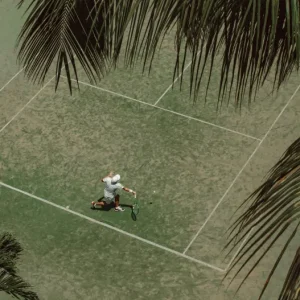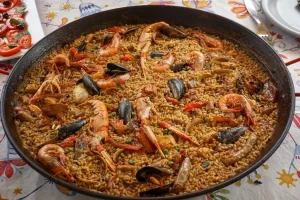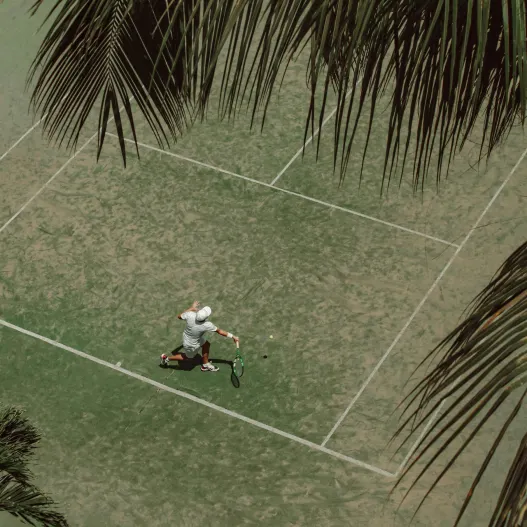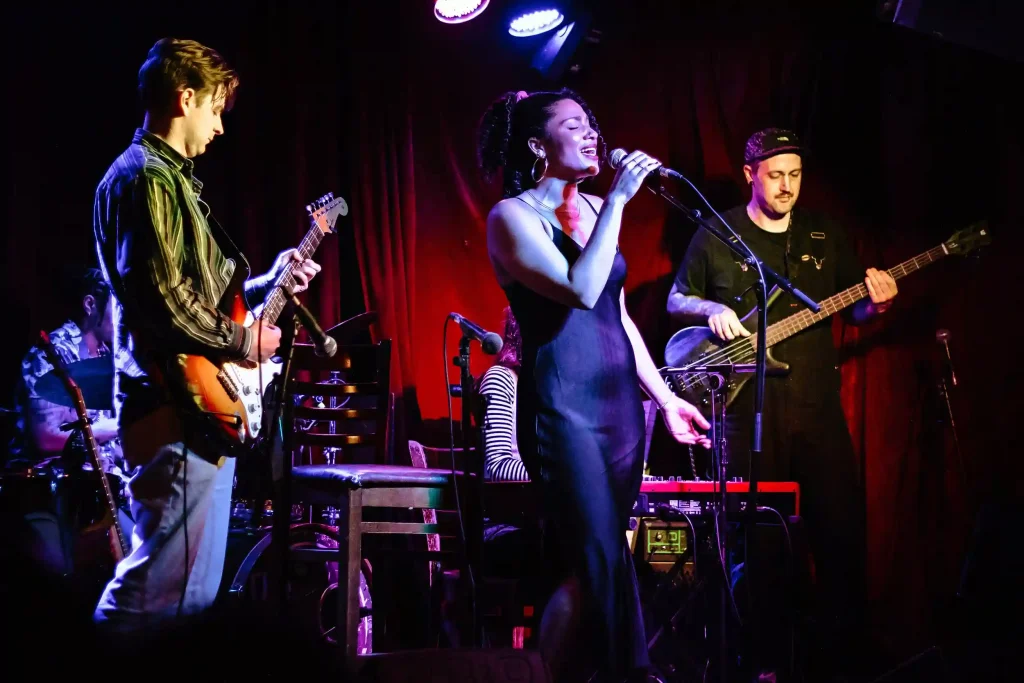Have you ever heard about the Mayan Cenotes of the Mexican Caribbean?
If the answer is no or even if you have, this is your chance to learn even more about them. In this article, you will find the most important and curious facts. The first thing you should know is that they are unique in the world and highly connected to the ancestral Mayan culture, so besides being beautiful they are a historical and cultural jewel.
1. What are cenotes?
The word “cenote” comes from the Mayan “ts’ono’ot” which means “hole with water”. Since the Spanish were the first chroniclers to arrive in these lands, they interpreted this word as “cenote”. As the name implies, cenotes are natural freshwater sinkholes caused by the collapse of limestone rock. As a result, we can now admire these hidden pools that were once beneath the ground.
The origin of the caves and cenotes of the Yucatan Peninsula is a heritage that goes back centuries. In fact, they were formed over the years as a result of the dissolution of the rocks through chemical corrosion. They go through a process in which they grow, then they collapse, and finally, their vaults crumble.

2. Where are Mayan cenotes located?
You can find cenotes formations in the Yucatan Peninsula in the southeast of Mexico in front of the Caribbean beaches. As a matter of fact, this peninsula is formed by a limestone plate that covers most of the area. Furthermore, the nature of the area allows fresh and salty water from the sea to meet in its subsoil. This results in the formation of subterranean currents.
Currently, we know that there are about 7,000 cenotes and more than 600 km of tunnels and flooded galleries. Most of them are located in the state of Yucatan and others in Quintana Roo. Rarely they are harmoniously located as we can see in the image below, forming what is known as “ring of cenotes”.
There are theories that claim that their formation is due to the Big Bang explosion. Others claim that it was the result of alien messages, crazy, isn’t it?

3. What do they represent in Mayan culture?
Before the colonization of the Americas, cenotes were the main source of freshwater for the indigenous of the Yucatan Peninsula. Given their importance, they began to consider these sacred places, taking care of them and respecting them, even fearing them.
The ancient Mayans gave much meaning to the cenotes, they associated them with themes related to the beginning and end of the cycles, such as fertility, rain, life, and death. They believed that the cenotes were a connection to the underworld (home to the dead), a passage between two worlds. Mexican culture is often related to death… What a magical and beautiful place to represent it, don’t you think?
Because of these beliefs, the Mayans started using these as places of veneration where they performed rites and ceremonies honoring their gods through offerings and sacrifices, throwing different objects into the cenotes.
For this reason, thanks to different underwater diving investigations, different types of artifacts and human remains ( yes, you read that right, human remains… scary) have been found in the depths of these waters. These vestiges confirm the ancient narrations about the activities and use that the Mayans carried out in these places, which is why they have become a UNESCO underwater cultural heritage site.
What do you say? Do you dare to try?
4. How many types of Mayan cenotes are there?
There are several types of cenotes, this depends on their age as they change shape over time. They are classified into 4 types:
- Pitcher shape: they have a small opening at the top through which it is possible to enter. Its diameter grows downwards from the water surface.
- Open: these are cenotes that are almost completely open but still have vertical walls.
- Ancient cenotes: totally exposed to the surface. With time these cenotes tend to dry up or retain little water.
- Cavern type: these are subway cenotes but with a side entrance that allows access to people. They are usually covered with stalactites hanging from the ceiling.

5. Which activities can you do in the Mayan cenotes?
Finally, we will tell you about the activities you can do in these magical places. Firstly, we must advise you to go with a tour or guide, since they are usually located in the jungle. As a result, it is not so easy to access them, but don’t worry, it is not impossible.
These places are now alluring touristy attractions, so you can swim, snorkel and enjoy its unique and great fauna. Dive from the top of the cenote or scuba dive, as they are very deep. You can also perform spiritual ceremonies, such as weddings, healings, gratitude rituals, etc.
Its cold waters will fill you with energy and good vibes of Mayan nature, plus you can take amazing pictures.
If scuba diving is your thing you have to read this article about the best places to do it.












